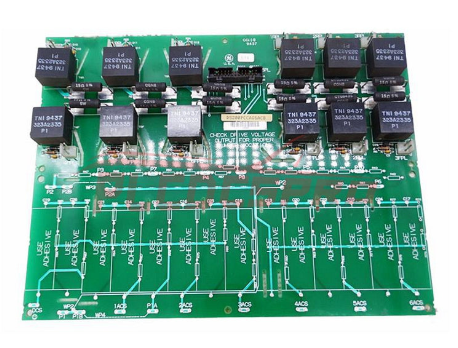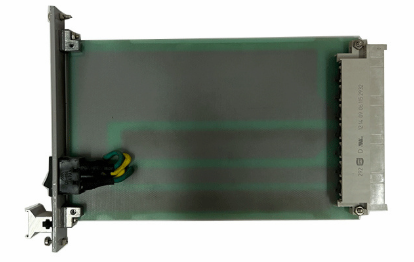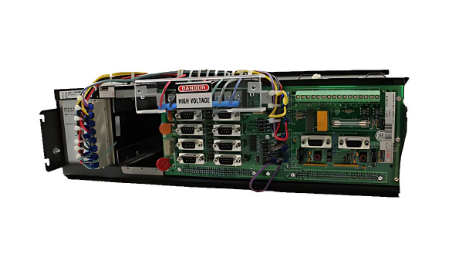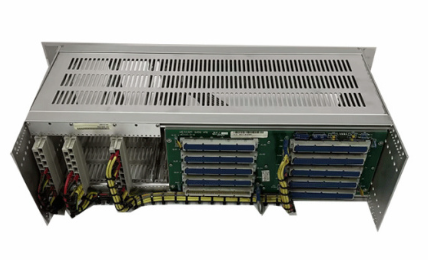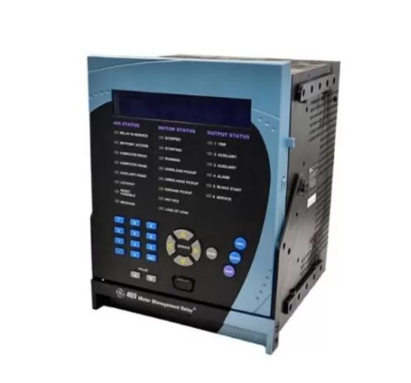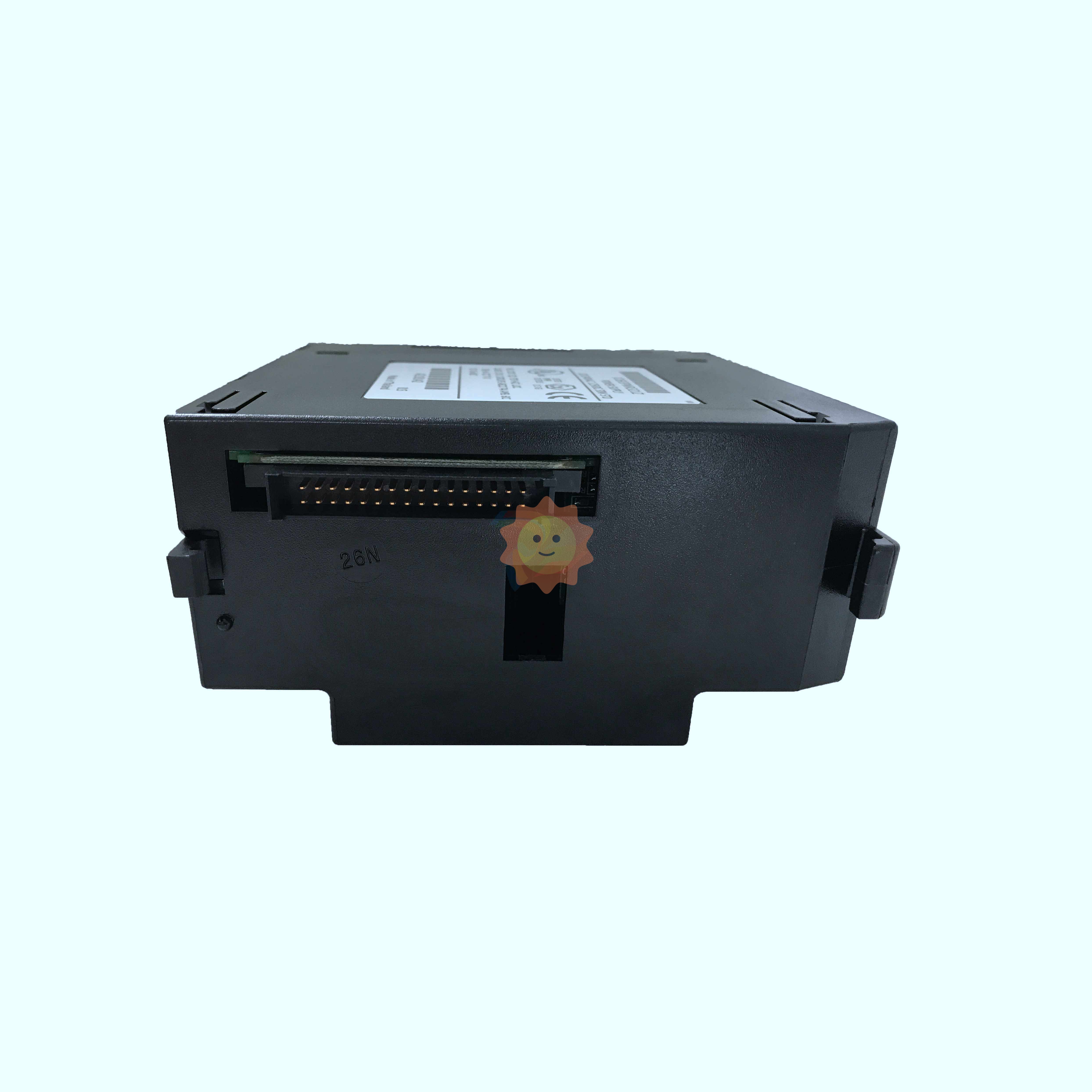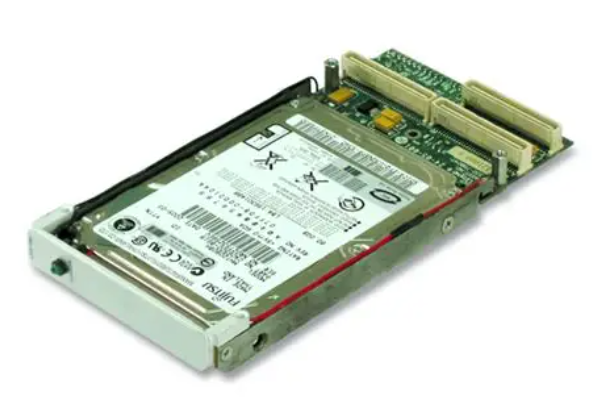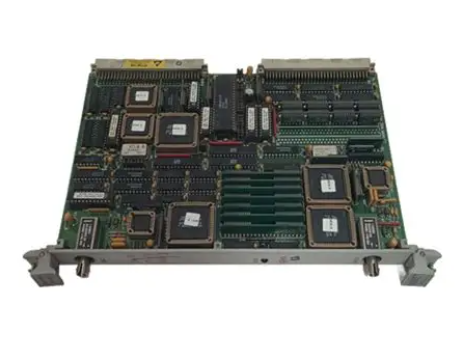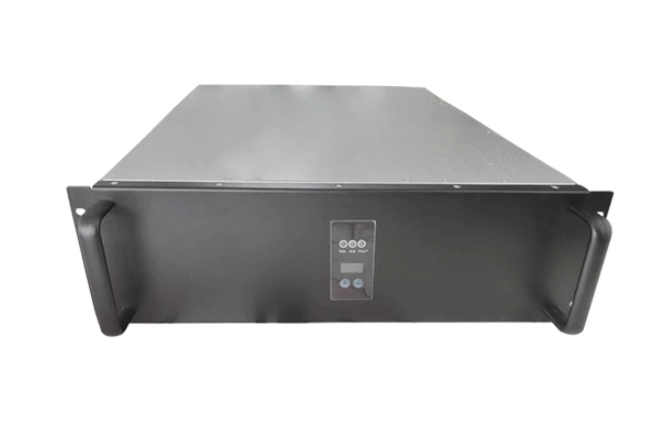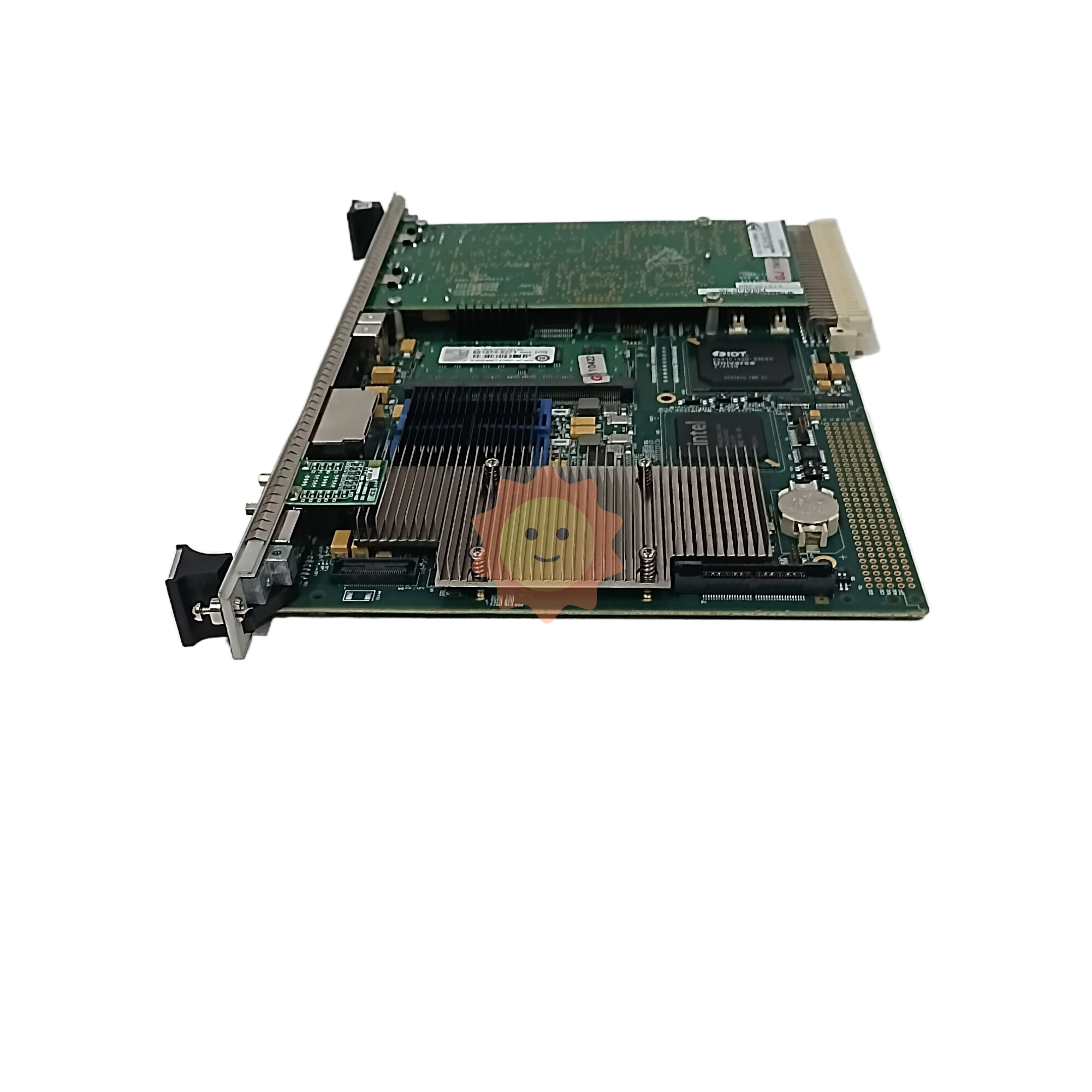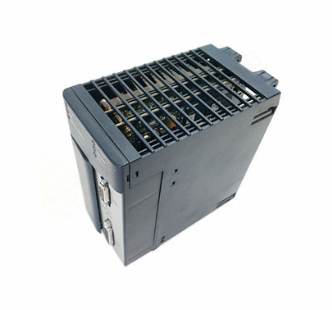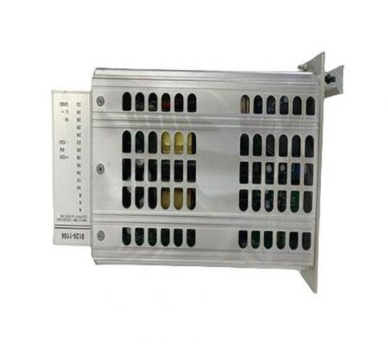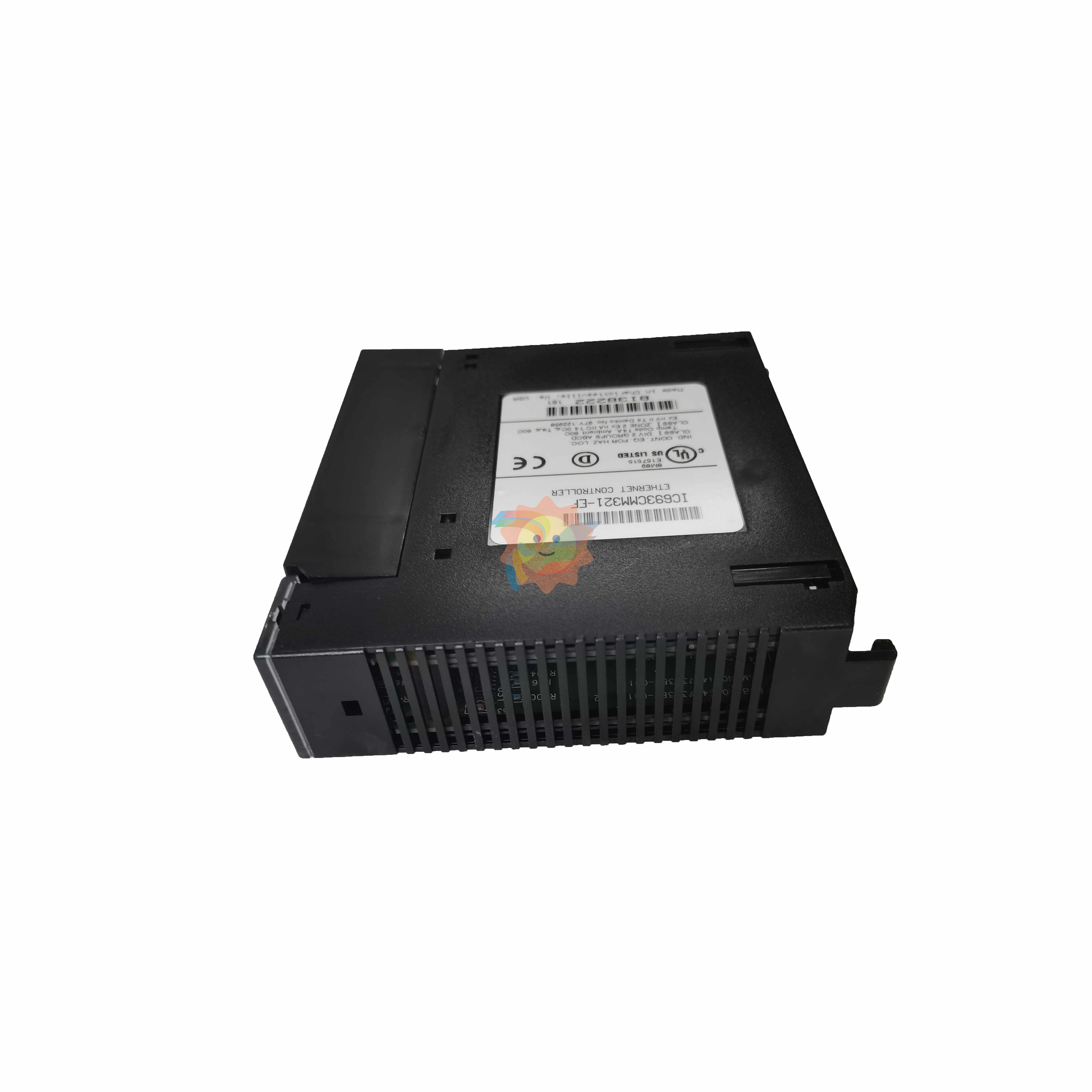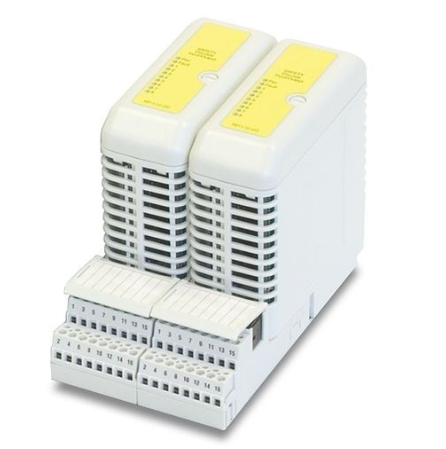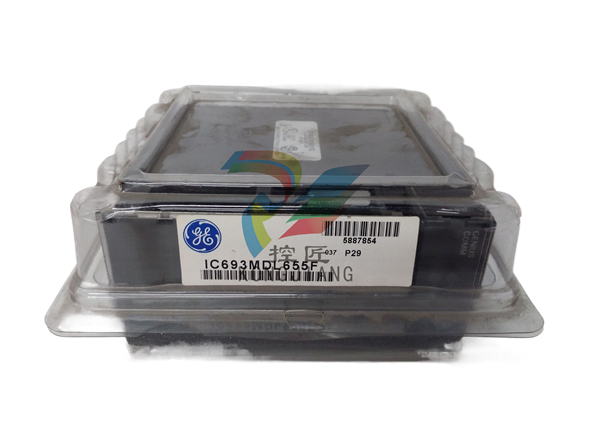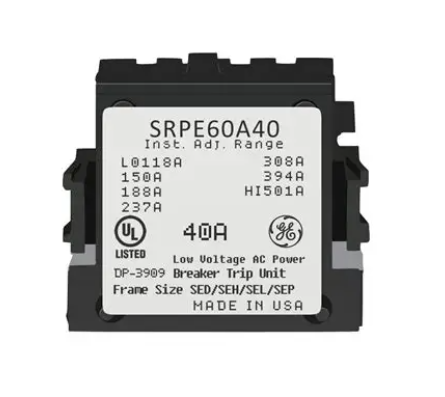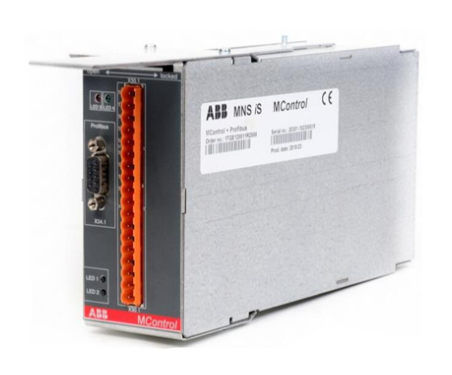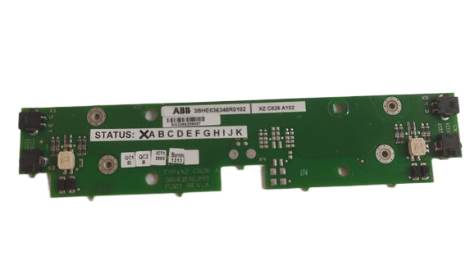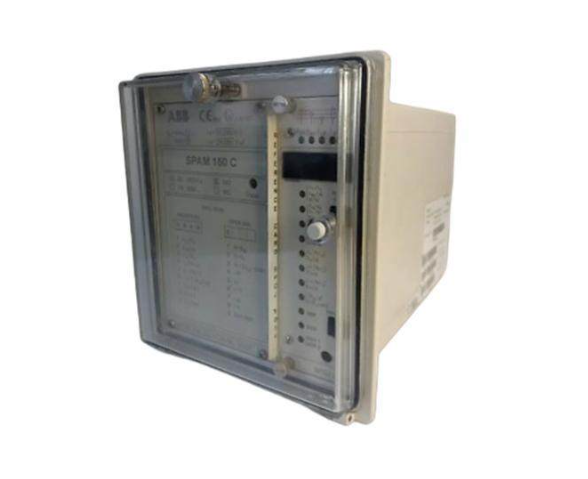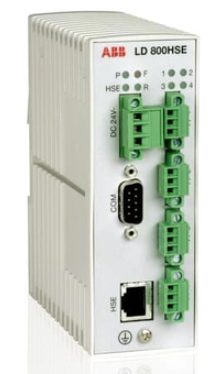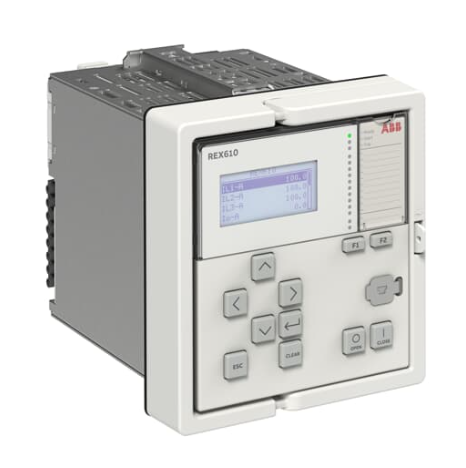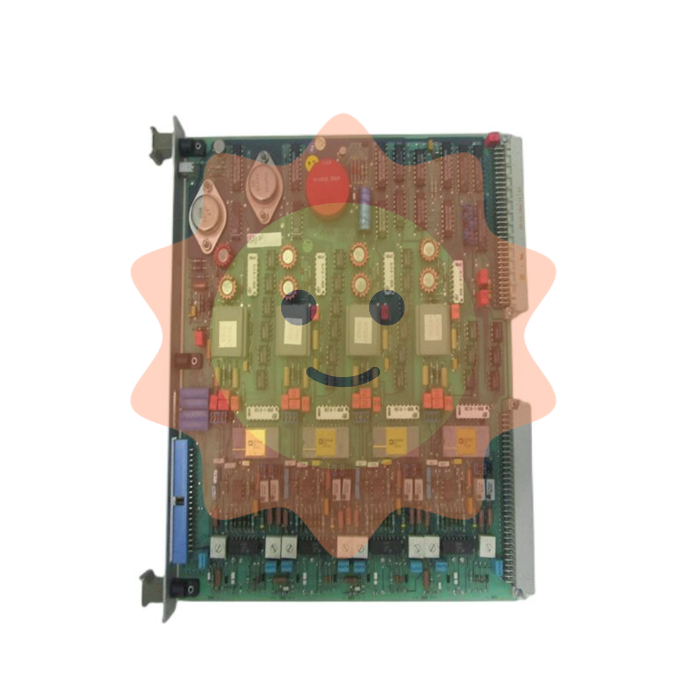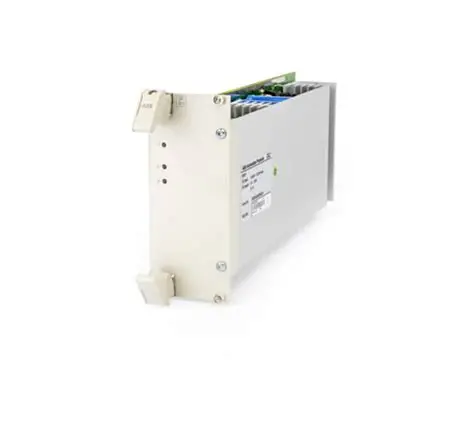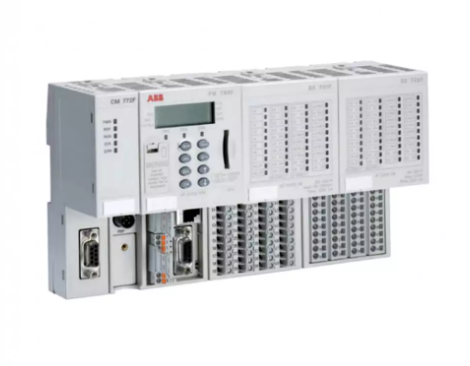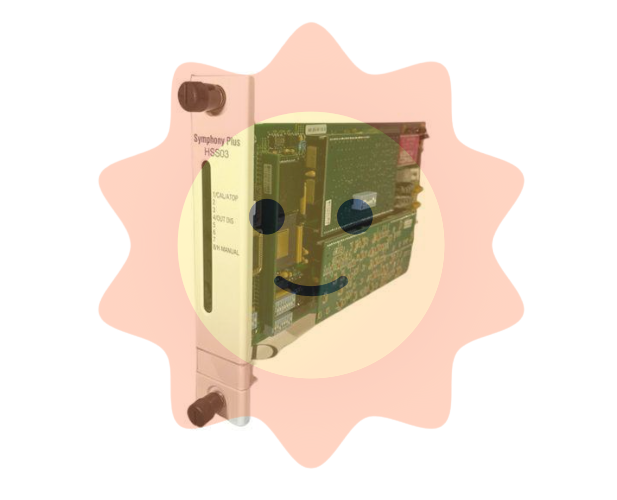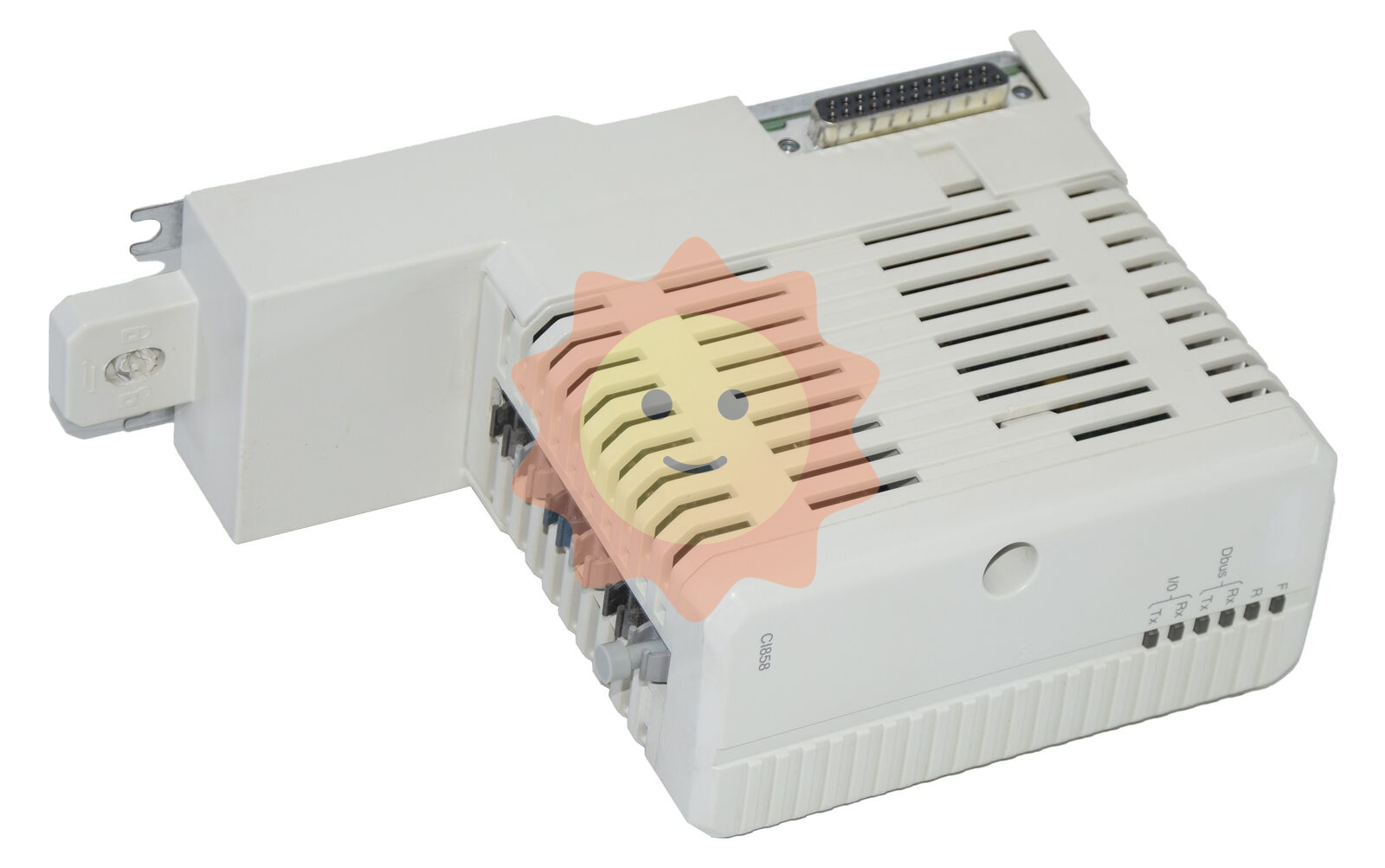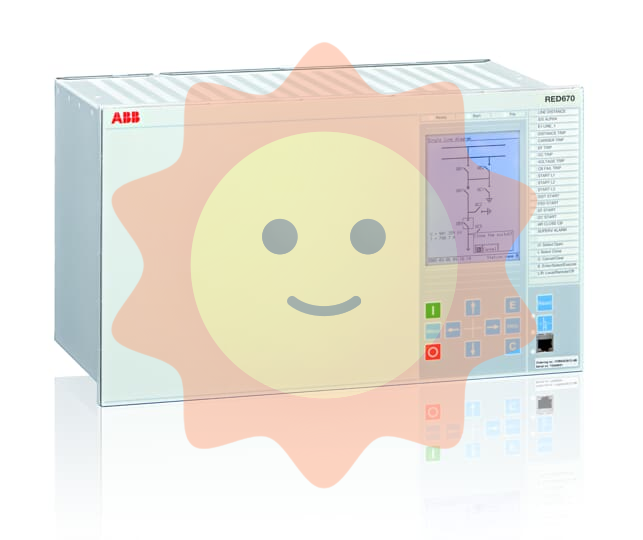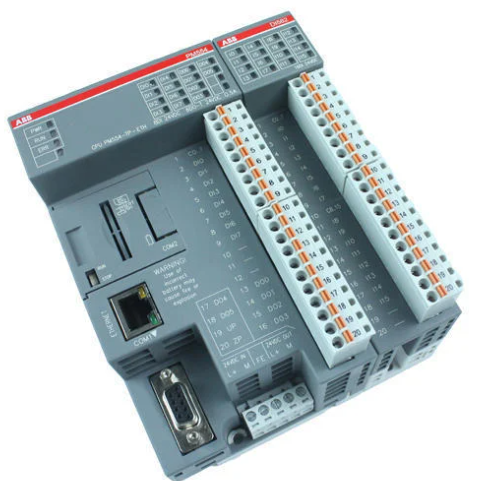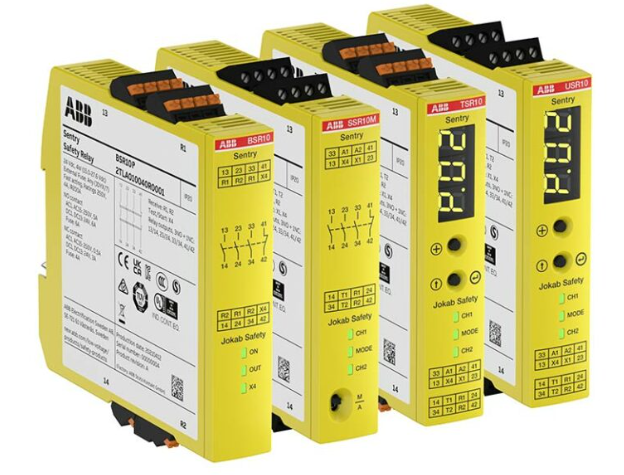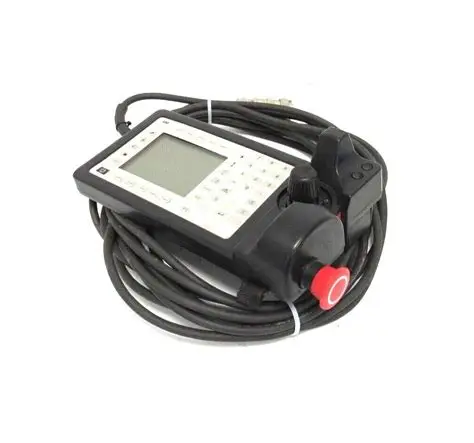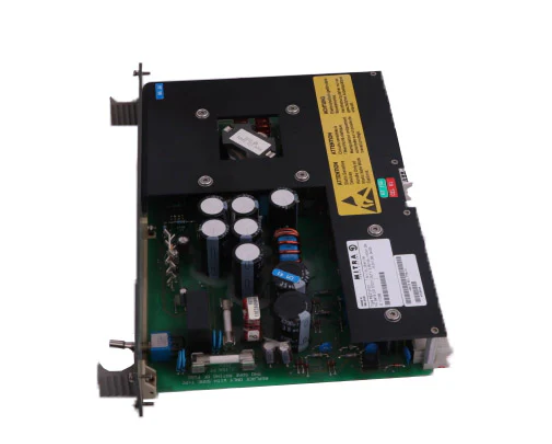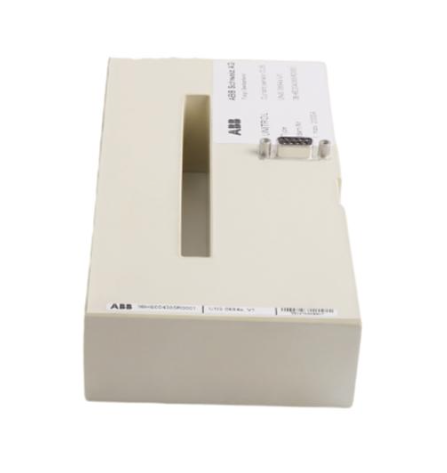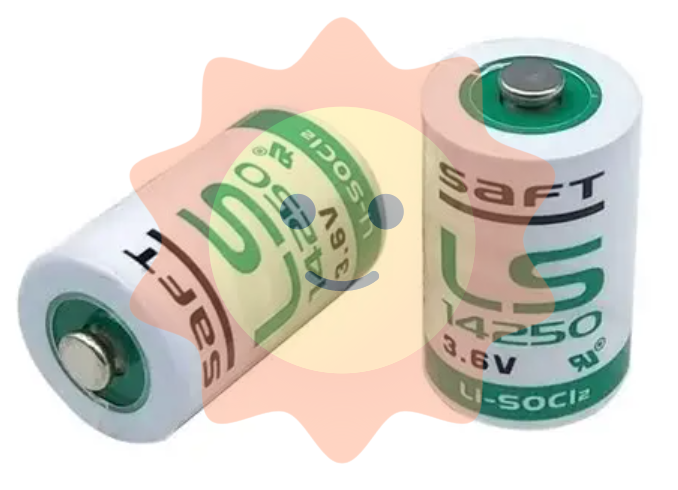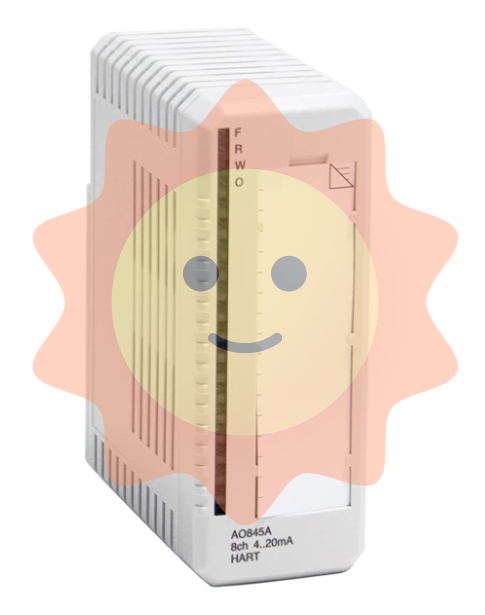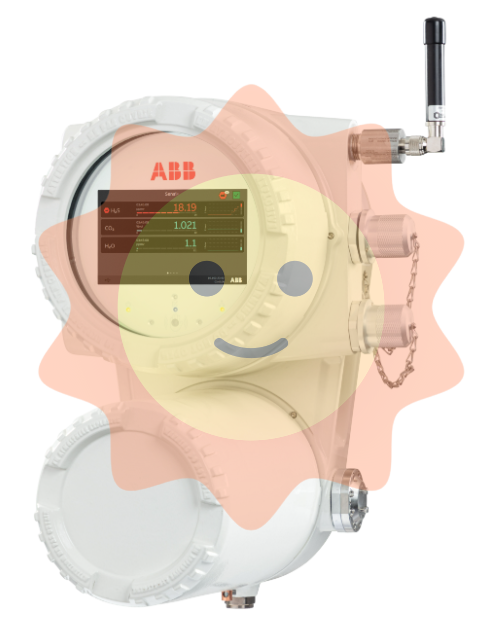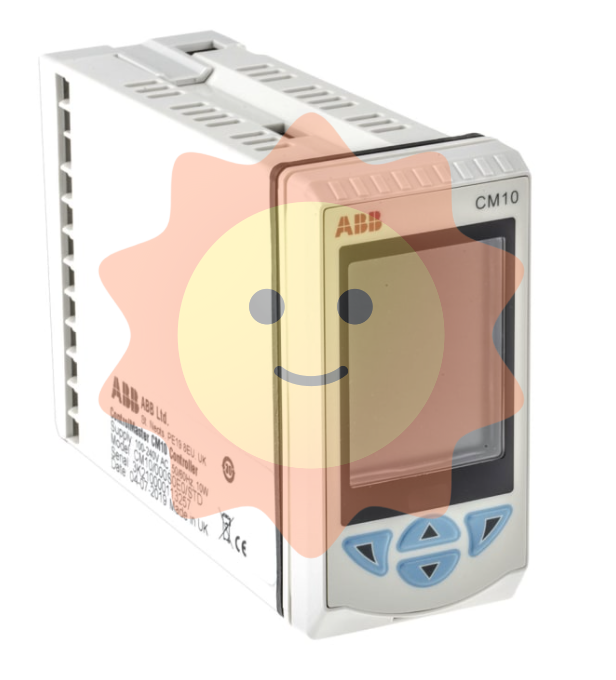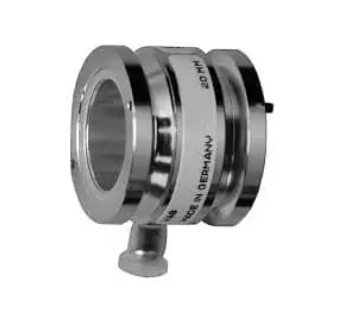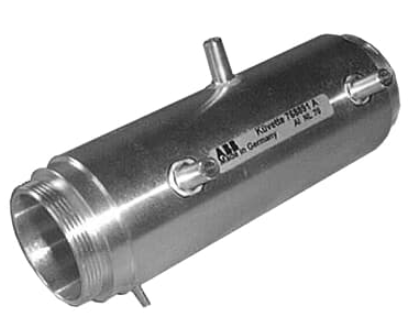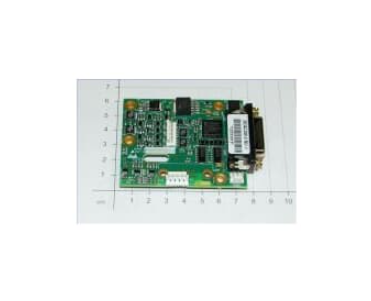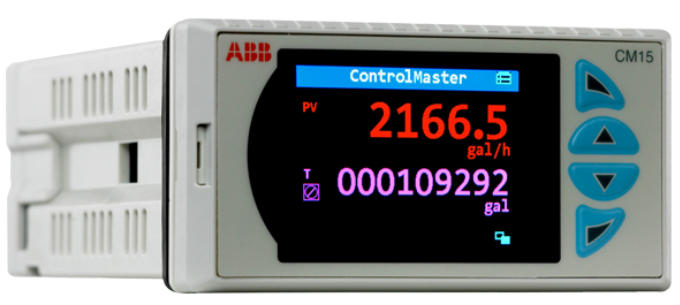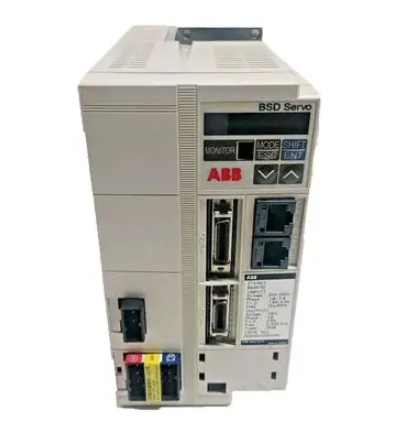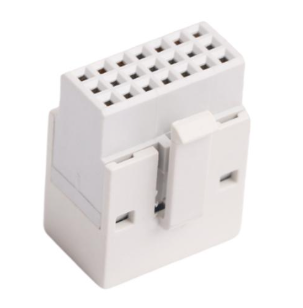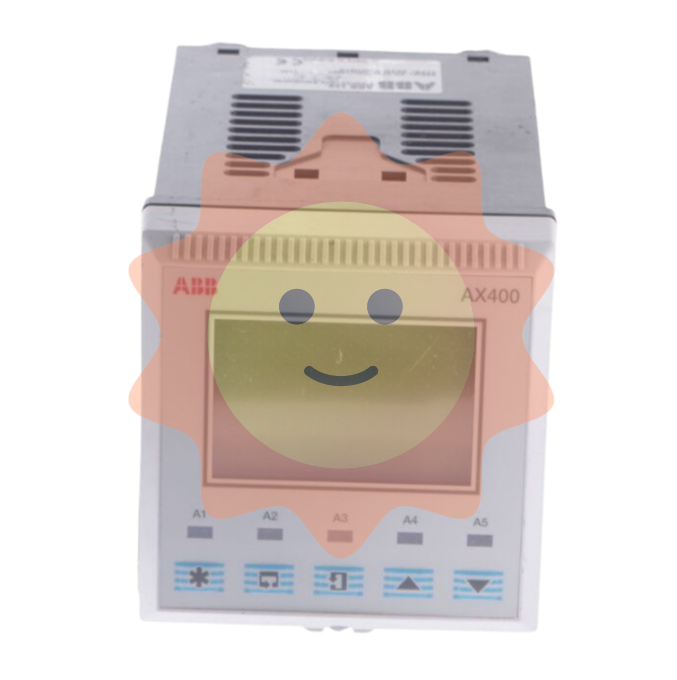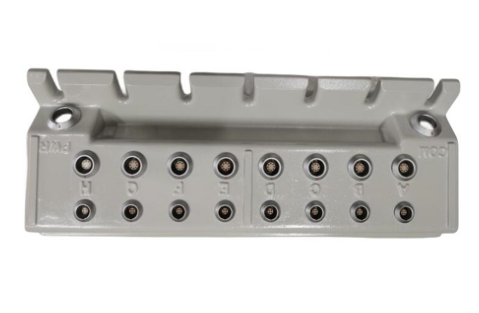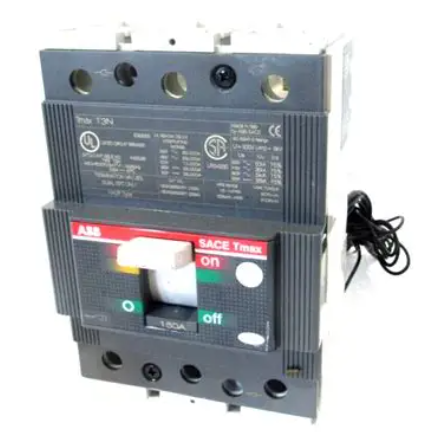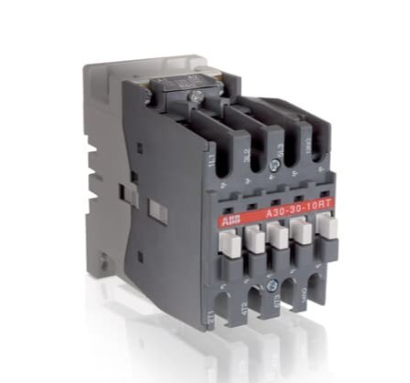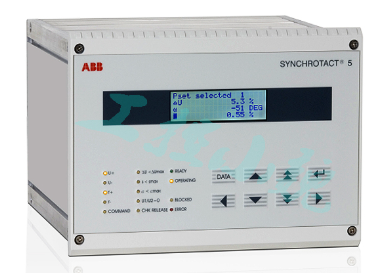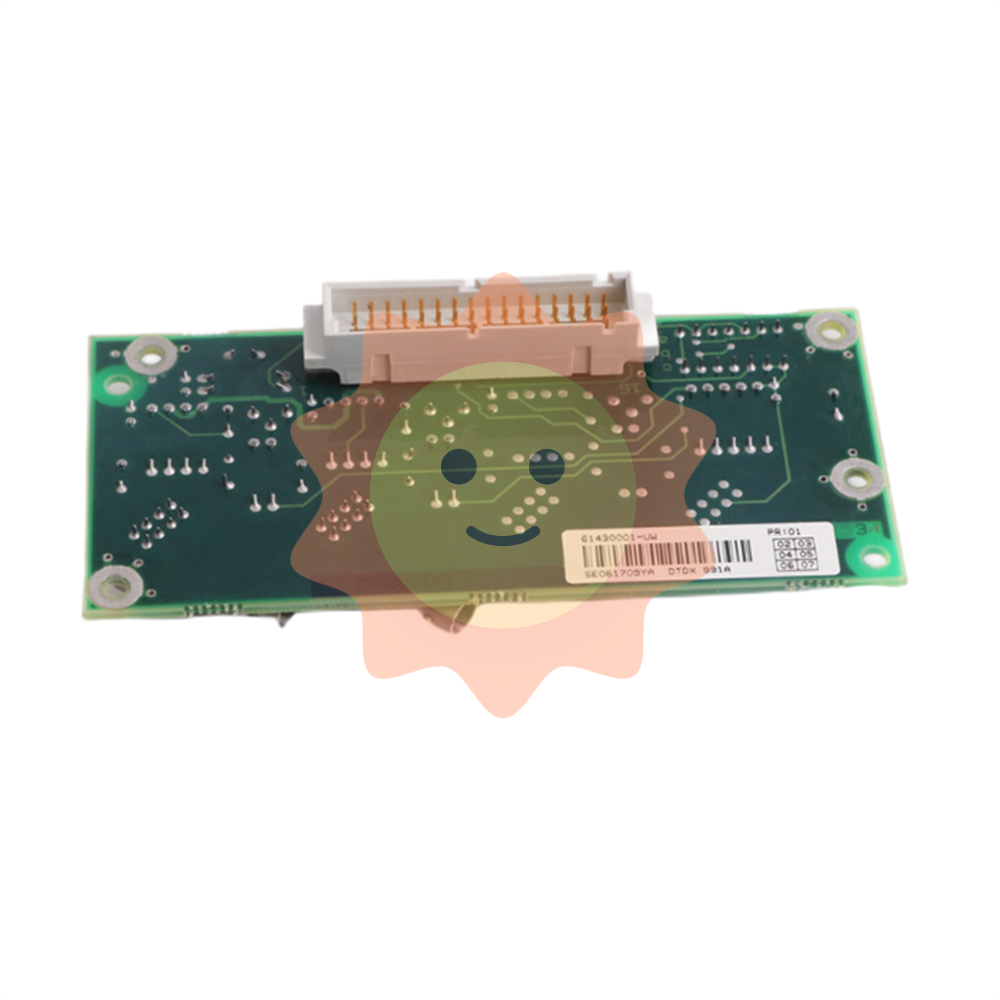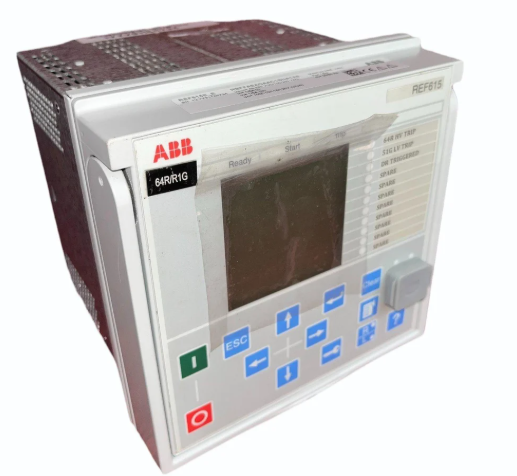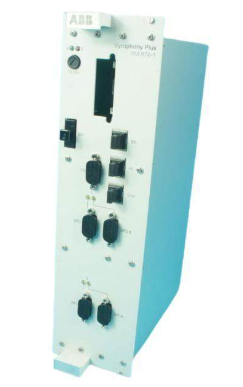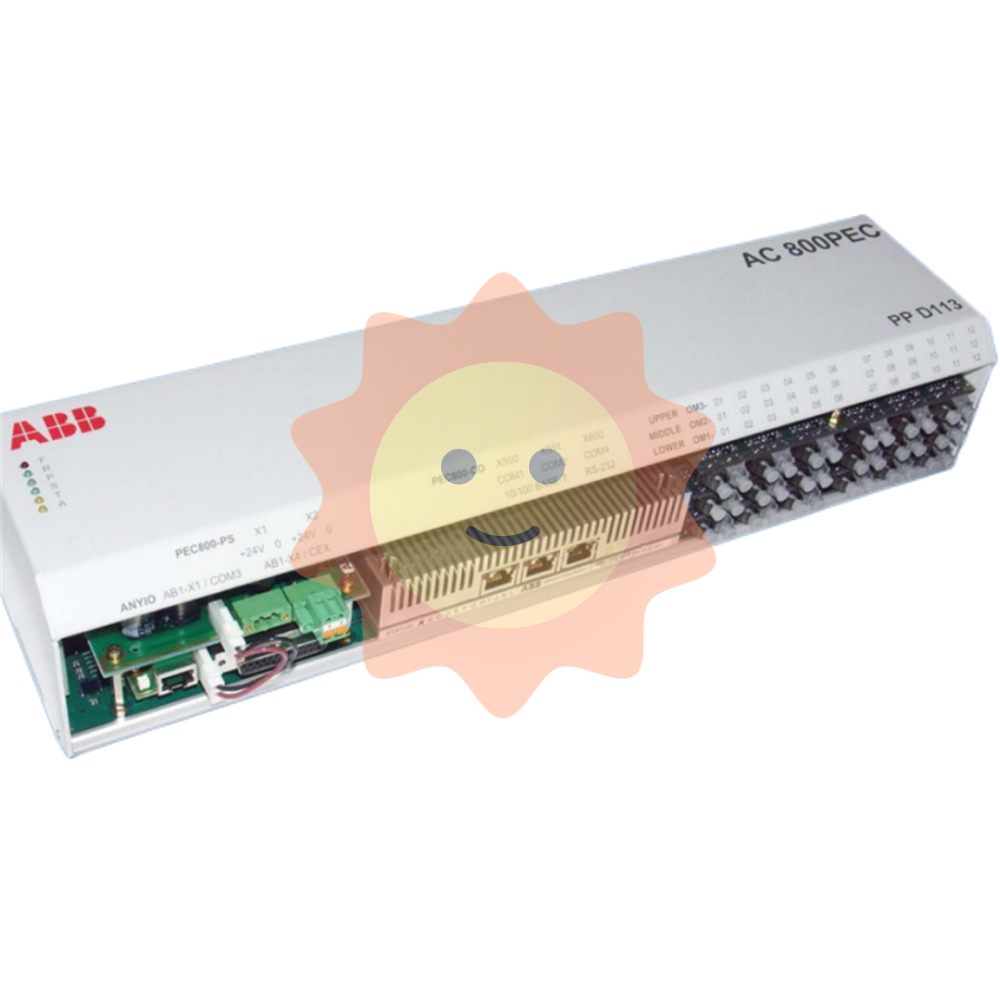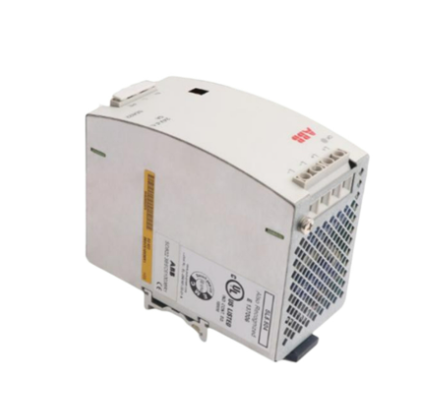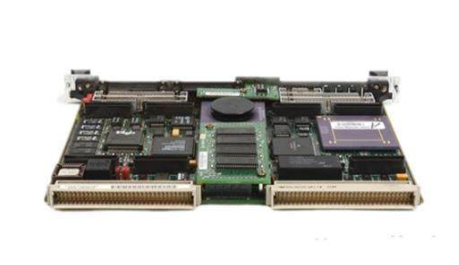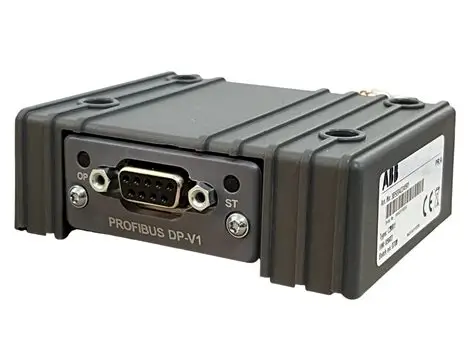5 types of fuel cells and their application scenarios
The United States, Japan, Canada, Europe and Australia in the field of fuel cell research and application in the forefront of the world, China from the 1950s, also opened the fuel cell research, in the 1970s, China's fuel cell research reached a climax, but later the enthusiasm was interrupted, in the 1990s, In the case of urgent international energy demand and domestic environmental deterioration, China's fuel cell development has once again become a hot field [5].
2. Fuel cell principle
After more than 200 years of development, fuel cells have gradually stepped out of the laboratory and integrated into human social life. Different types of fuel cells "shine" in different fields with their own performance advantages, but their principles are the same. A fuel cell consists of three parts: anode, cathode and electrolyte. The "power generation" process can be roughly decomposed into the following four steps (the working principle is shown in Figure 2 [6]) :

Under the action of anode catalyst, the fuel gas (hydrogen, methane, methanol, etc.) oxidizes to form cations and give free electrons.
Under the action of the cathode catalyst, the oxide (usually oxygen) undergoes a reduction reaction to obtain electrons and anions.
The cation produced by the anode reaction or the anion produced by the cathode is moved to the opposite electrode through the electrolyte, and the reaction product is generated and discharged outside the battery.
Driven by the potential difference, electrons move from the anode to the cathode through the external circuit, so that the whole reaction process reaches the material balance and charge balance, and the external electrical appliances obtain the electrical energy provided by the fuel cell.
Although the basic principles of different types of fuel cells are similar, usually due to different electrolytes, the carriers allowed to pass through are also different, so there are some differences in the corresponding battery reaction.
3. Fuel cell classification
According to the different electrolytes, fuel cells can be divided into five types: alkaline fuel cell (AFC), phosphor fuel cell (PAFC), fused carbonate fuel cell (MCFC), solid oxide fuel cell (SOFC) and proton exchange membrane fuel cell (PEMFC). Its performance comparison and power generation principle are shown in Table 1 [7-8].
There are currently five fuel cells in different stages of development, but there are also several special types of fuel cells: direct methanol fuel cells (DMFC), regenerative fuel cells (RFC), and direct carbon fuel cells (DCFC).

4. Fuel cell application
Fuel cell provides a new power generation mode to improve energy efficiency and reduce waste emissions, and its own unique advantages determine the important position of fuel cell in a new round of energy revolution.
According to the scale of fuel cells, fuel cells with different power levels have basically fixed application fields, as shown in Figure 3 [9]. According to the classification of fuel cells, different types of fuel cells also have their own application space due to different operating temperatures and fuel adaptability.
4.1 Proton Exchange Membrane Fuel Cell (PEMFC)
Proton Exchange Membrane Fuel Cell (PEMFC) is the closest fuel cell to commercialization and the most promising battery to power new energy vehicles in the future. PEMFC single battery is composed of anode, cathode and proton exchange membrane. Proton exchange membrane serves as the medium for transmitting H+ and only allows H+ to pass through. Its structure diagram is shown in 4 [10].
In order to provide a power source for the Gemini constellation, the United States General Company first developed PEMFC in 1960, but later due to poor performance, the battery scheme lost to alkaline fuel cell (AFC), and eventually did not be applied. In 1970, DuPont developed the perfluorinated sulfonic acid membrane (Nafion membrane), which is the best proton exchange membrane, laying the foundation for the rapid development of PEMFC in the later period. Nevertheless, there was a long dip in research as PEMFC lost its edge due to breakthroughs in other types of fuel cells during this historical period.
- EMERSON
- Honeywell
- CTI
- Rolls-Royce
- General Electric
- Woodward
- Yaskawa
- xYCOM
- Motorola
- Siemens
- Rockwell
- ABB
- B&R
- HIMA
- Construction site
- electricity
- Automobile market
- PLC
- DCS
- Motor drivers
- VSD
- Implications
- cement
- CO2
- CEM
- methane
- Artificial intelligence
- Titanic
- Solar energy
- Hydrogen fuel cell
- Hydrogen and fuel cells
- Hydrogen and oxygen fuel cells
- tyre
- Chemical fiber
- dynamo
- corpuscle
- Pulp and paper
- printing
- fossil
- FANUC
- Food and beverage
- Life science
- Sewage treatment
- Personal care
- electricity
- boats
- infrastructure
- Automobile industry
- metallurgy
- Nuclear power generation
- Geothermal power generation
- Water and wastewater
- Infrastructure construction
- Mine hazard
- steel
- papermaking
- Natural gas industry
- Infrastructure construction
- Power and energy
- Rubber and plastic
- Renewable energy
- pharmacy
- mining
- Plastic industry
- Schneider
- Kongsberg
- NI
- Wind energy
- International petroleum
- International new energy network
- gas
- WATLOW
- ProSoft
- SEW
- wind
- ADVANCED
- Reliance
- YOKOGAWA
- TRICONEX
- FOXBORO
- METSO
- MAN
- Advantest
- ADVANCED
- ALSTOM
- Control Wave
- AB
- AMAT
- STUDER
- KONGSBERG
- MOTOROLA
- DANAHER MOTION
- Bently
- Galil
- EATON
- MOLEX
- Triconex
- DEIF
- B&W
- ZYGO
- Aerotech
- DANFOSS
- KOLLMORGEN
- Beijer
- Endress+Hauser
- MOOG
- KB
- Moxa
- Rexroth
- YAMAHA
- Johnson
- Westinghouse
- WAGO
- TOSHIBA
- TEKTRONIX


Email:wang@kongjiangauto.com



